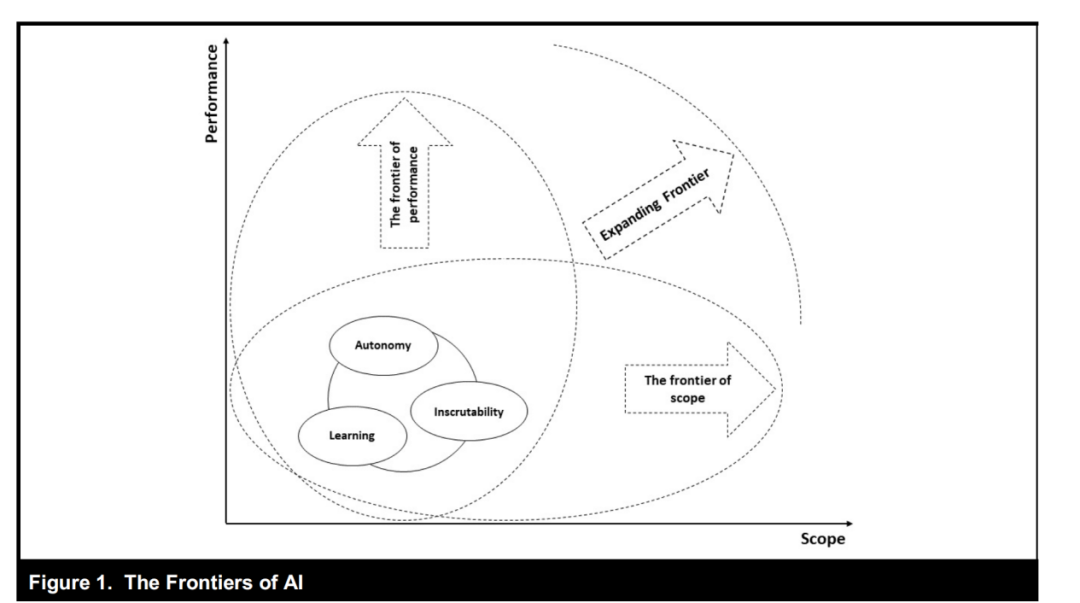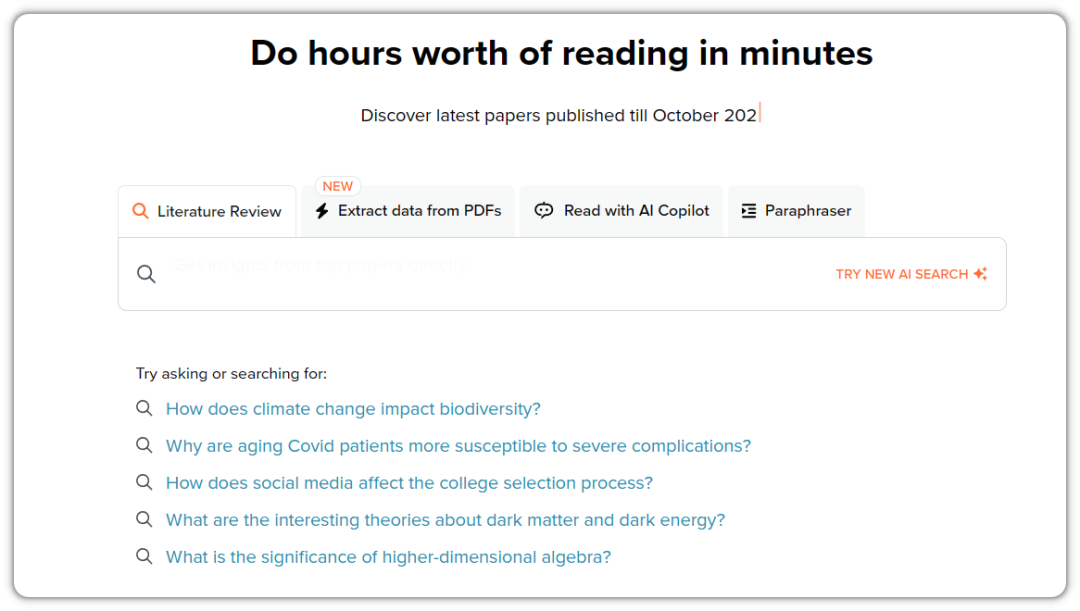Executive Office of the President. Artificial Intelligence, Automation, and the Economy,White House Report, Dec,2016
本报告说明了人工智能发展有利于促进生产率的增长,由于人工智能技术进步具有技能偏向型(甚至是超级明星偏向型)特点,对高素质劳动力的需求增加,因此技术发展带来的利益分配是不均等的,低工资与低教育程度的劳动者更易在就业和收入上受到负面冲击。人工智能技术发展对就业的影响,不仅取决于技术本身,也同公共政策选择密切相关。报告提出了三大政策建议:一是进一步投资于并促进人工智能技术发展;二是通过完善教育制度和培训体系使劳动者更好适应于新技术,主要举措包括改善中小学教育质量、提高高等教育的可负担性、提倡终身学习、注重培训项目的绩效、推广学徒制等;三是帮助劳动者适应技术革新,让劳动者共享技术进步带来的利益,可行措施主要有完善失业保险和最低生活保障等社会保障制度、提供良好的公共就业服务、改革与创新劳动力市场政策(如实行工作分享制、提高最低工资、消除就业的地区障碍等)。
Accelerating AI capabilities will enable automation of some tasks that have long required human labor. These transformations will open up new opportunities for individuals, the economy, and society, but they will also disrupt the current livelihoods of millions of Americans. The new report examines the expected impact of AI-driven automation on the economy, and describes broad strategies that could increase the benefits of AI and mitigate its costs.
AI-driven automation will transform the economy over the coming years and decades. The challenge for policymakers will be to update, strengthen, and adapt policies to respond to the economic effects of AI.
Although it is difficult to predict these economic effects precisely, the report suggests that policymakers should prepare for five primary economic effects:
-
Positive contributions to aggregate productivity growth;
-
Changes in the skills demanded by the job market, including greater demand for higher-level technical skills;
-
Uneven distribution of impact, across sectors, wage levels, education levels, job types, and locations;
-
Churning of the job market as some jobs disappear while others are created; and
-
The loss of jobs for some workers in the short-run, and possibly longer depending on policy responses.
There is substantial uncertainty about how strongly these effects will be felt and how rapidly they will arrive. It is possible that AI will not have large, new effects on the economy, such that the coming years are subject to the same basic workforce trends seen in recent decades—some of which are positive, and others which are worrisome and may require policy changes. At the other end of the range of possibilities, the economy might experience a larger shock, with accelerating changes in the job market, and significantly more workers in need of assistance and retraining as their skills no longer match the demands of the job market. Given available evidence, it is not possible to make specific predictions, so policymakers must be prepared for a range of potential outcomes. At a minimum, some occupations such as drivers and cashiers are likely to face displacement from or a restructuring of their current jobs.
Because the effects of AI-driven automation will be felt across the whole economy, and the areas of greatest impact may be difficult to predict, policy responses must be targeted to the whole economy. In addition, the economic effects of AI-driven automation may be difficult to separate from those of other factors such as other forms of technological change, globalization, reduction in market competition and worker bargaining power, and the effects of past public policy choices. Even if it is not possible to determine how much of the current transformation of the economy is caused by each of these factors, the policy challenges raised by the disruptions remain, and require a broad policy response.
In the cases where it is possible to direct mitigations to particularly affected places and sectors, those approaches should be pursued. But more generally, the report suggests three broad strategies for addressing the impacts of AI-driven automation across the whole U.S. economy:
-
Invest in and develop AI for its many benefits;
-
Educate and train Americans for jobs of the future; and
-
Aid workers in the transition and empower workers to ensure broadly shared growth.
The report details what can be done to execute on these strategies. Continued engagement between government, industry, technical and policy experts, and the public should play an important role in moving the Nation toward policies that create broadly shared prosperity, unlock the creative potential of American companies and workers, advance diversity and inclusion of the technical community in AI, and ensure the Nation’s continued leadership in the creation and use of AI.
Beyond this report, more work remains, to further explore the policy implications of AI. Most notably, AI creates important opportunities in cyberdefense, and can improve systems to detect fraudulent transactions and messages.
 ai论文写作
ai论文写作







评论前必须登录!
立即登录 注册